Foundation is that magic element in makeup meant to even out our skin tone and give us a fresh canvas, but too often it looks exactly like its name implies: a layer. The truth is that mastering that flawless, second-skin look is all about balance, technique, and using the right products. Here’s your ultimate guide to making your foundation look like skin, not makeup.
1. Start with Skin Prep
Your foundation will only look as good as the skin beneath it. Think of skincare as the “pre-game” to your makeup routine. Well-prepped skin creates a smoother surface for the foundation to glide over, making it appear more natural. Begin with a gentle cleanser to remove impurities, then follow with a hydrating toner or mist. Next, apply a lightweight moisturiser, even if your skin is oily – dehydrated skin can actually make foundation appear cakey.
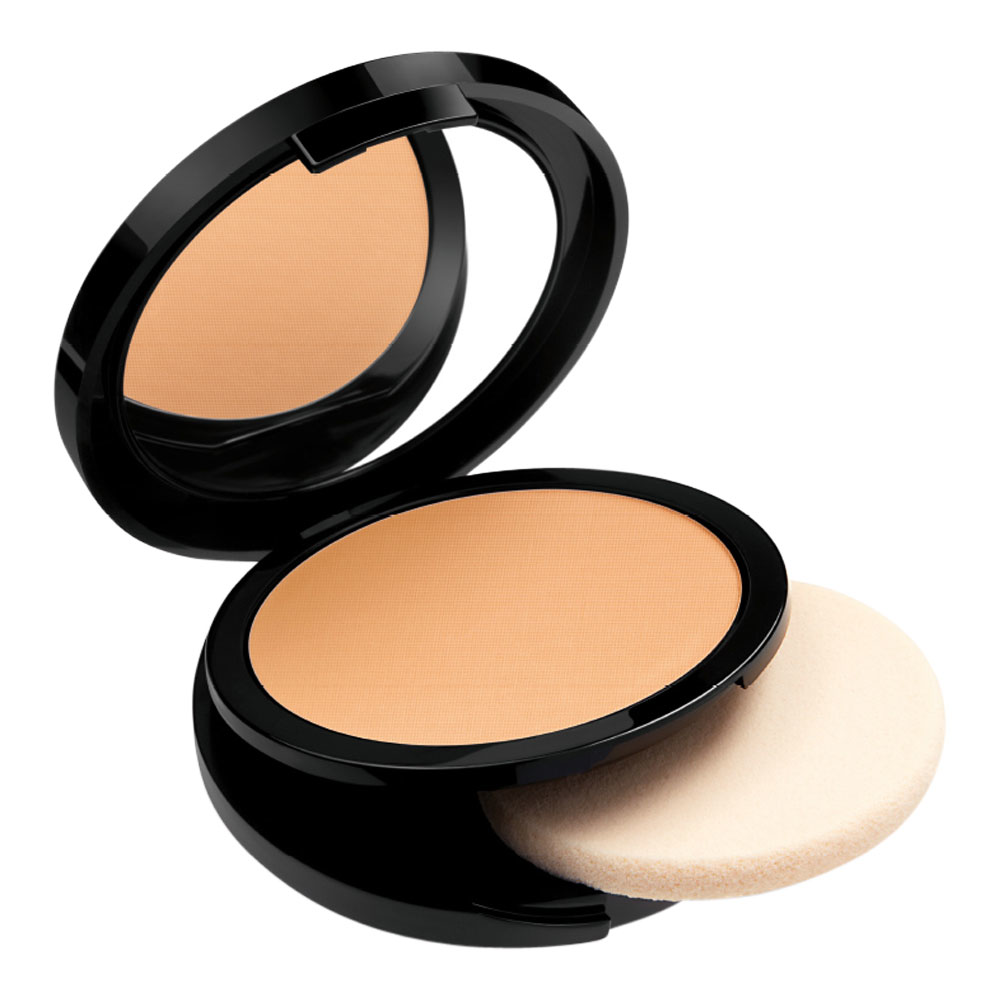
2. Prime Right (Or Skip It Altogether)
Primers can be great, but they’re not always necessary. If your skin is dry, opt for a hydrating primer with a creamy texture, which will add an extra layer of moisture. However, if you’re aiming for a natural look and your skin doesn’t have specific concerns, you can often skip primer and go straight to foundation for a softer, skin-like finish.
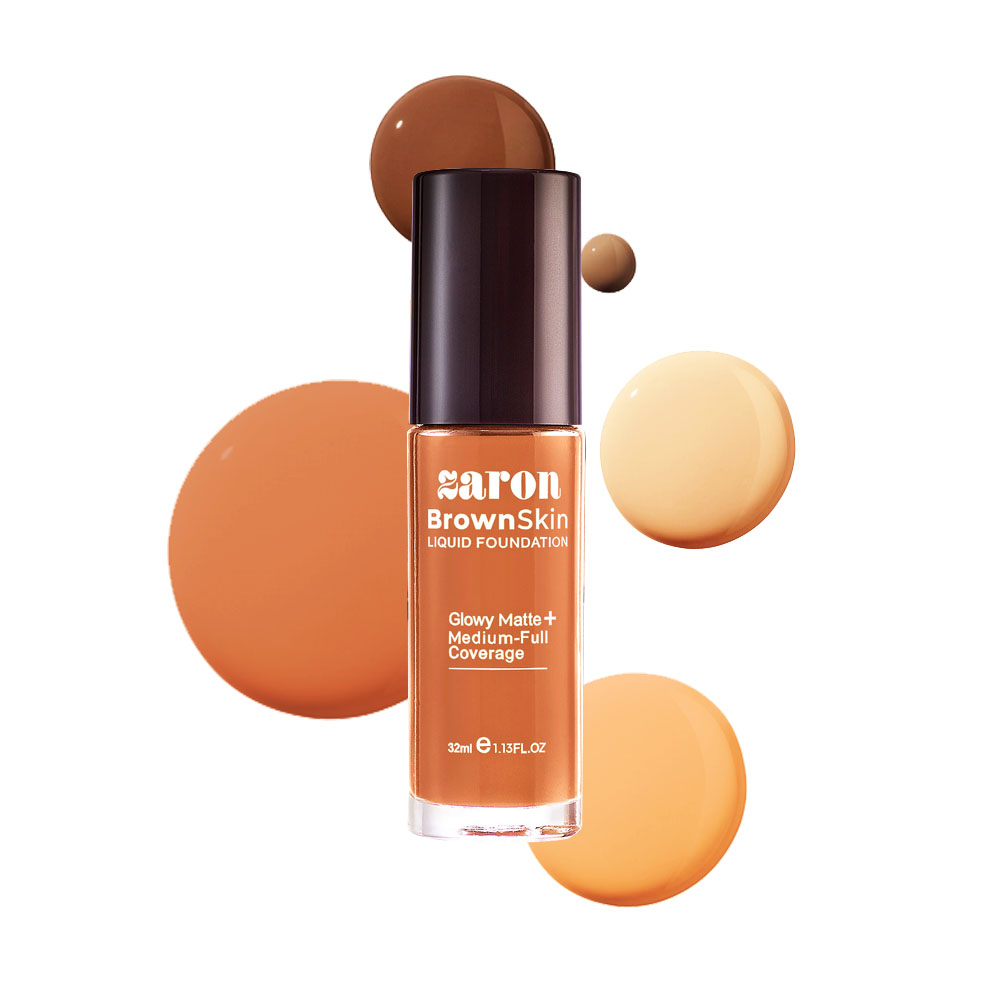
3. Choose the Right Foundation Formula
Not all foundations are created equal, and finding the one that suits your skin type is essential. For a natural, skin-like finish, avoid ultra-matte or high-coverage foundations, which can create a mask-like effect. Look for light to medium coverage with words like “sheer,” “luminous,” or “hydrating” on the label. Liquid and serum foundations often blend more seamlessly into the skin, mimicking its natural texture, while powders or creams tend to sit on top of the skin, making them more noticeable.
4. Find Your Perfect Shade (and Undertone)
Nothing disrupts the illusion of natural skin more than a mismatched foundation shade. Take the time to find a shade that matches both your skin tone and undertone. Most people fall into one of three undertones: warm, cool, or neutral.
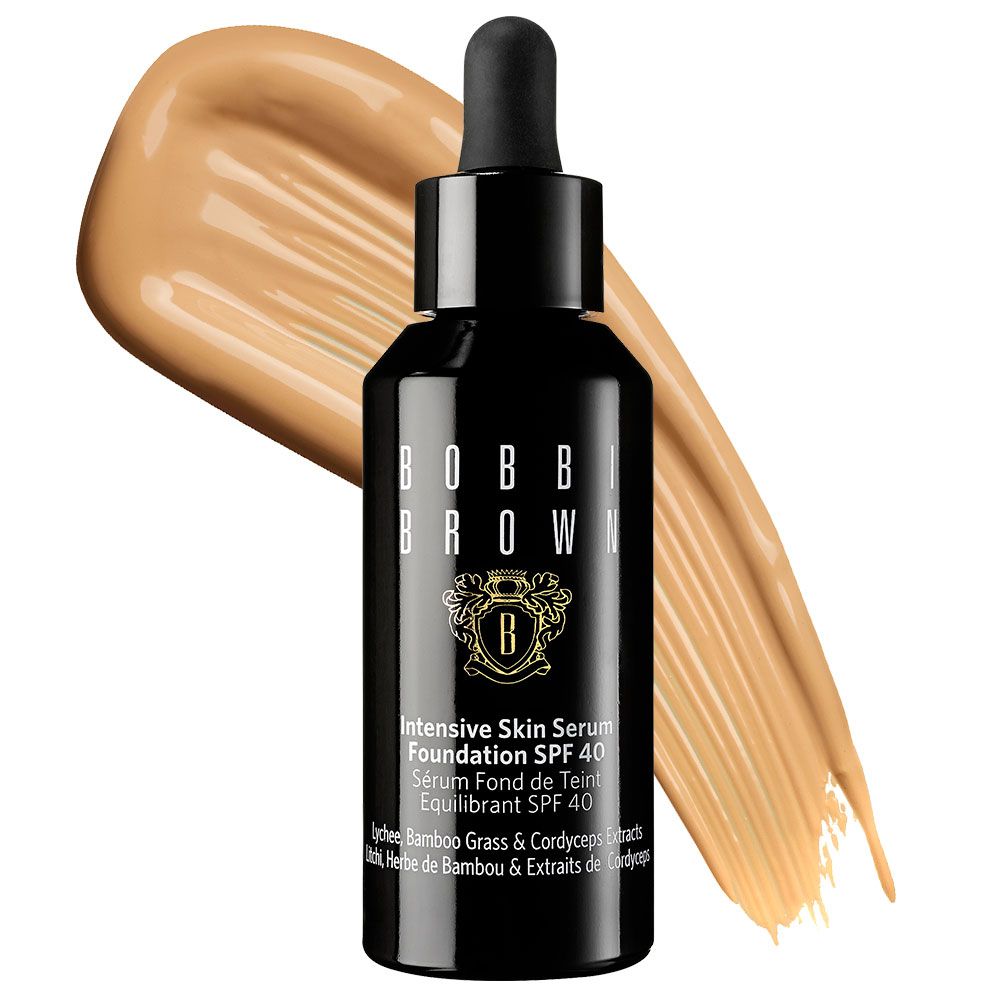
5. Apply Sparingly – Less is More
The key to a skin-like foundation look is minimalism. Start by applying a small amount in the centre of your face and blend outward. Focus on areas where you want to even out tone, like around the nose, cheeks, or chin. Use a damp makeup sponge or a foundation brush with soft bristles for a sheer, diffused application.
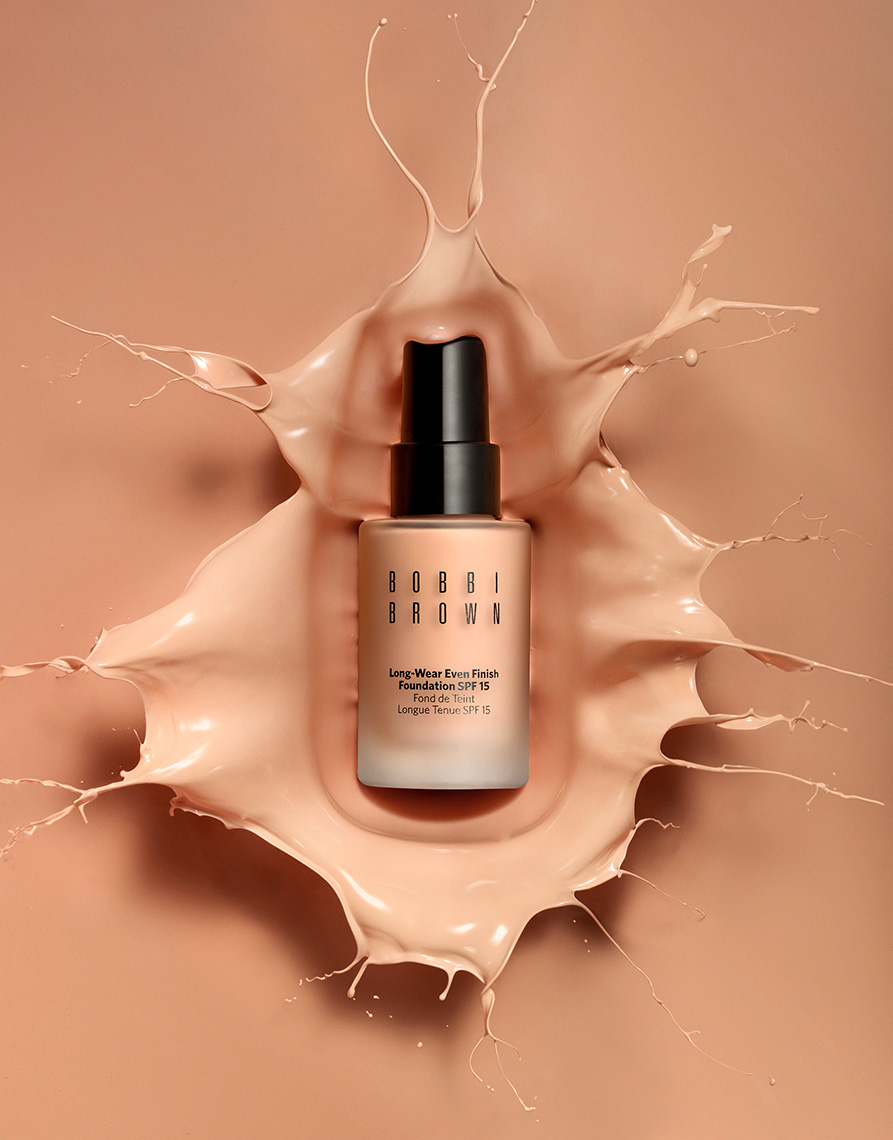
6. Use the “Press and Roll” Technique
Instead of swiping foundation across your face, try pressing and rolling it into your skin with a damp makeup sponge or fingers. This technique pushes the product into your skin, making it look more like part of your complexion rather than a layer on top of it. The result is a seamless, more natural finish that feels lightweight.
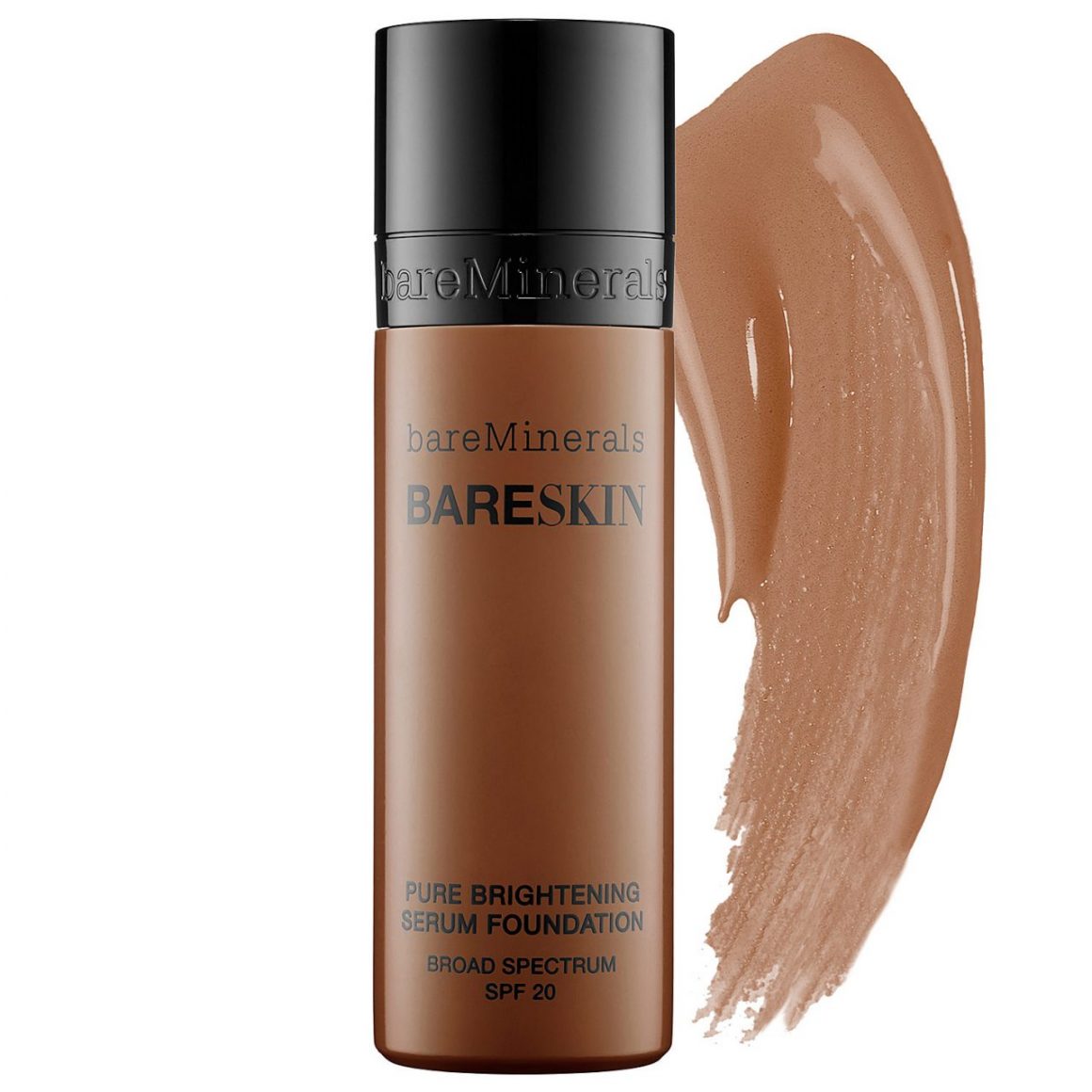
7. Conceal Strategically
One of the biggest mistakes is layering foundation in an attempt to cover imperfections, which can lead to a thick, unnatural look. Instead, use foundation sparingly and then spot-conceal blemishes or areas with more redness or pigmentation.

8. Blend, Blend, Blend (and Blend Again)
Blending is everything. Whether you use a sponge, brush, or your fingers, blending foundation well ensures that there are no tell-tale edges or harsh lines. Pay special attention to areas like the hairline, jawline, and around the nose where product can often build up. A damp sponge is your best friend here; it helps blend without removing the product and adds a touch of hydration.

9. Set with a Light Touch
Setting your makeup can help it last longer, but be careful not to overdo it. Use a fine translucent powder and a fluffy brush to lightly set areas prone to oil, like the T-zone, while leaving other areas alone. If your skin is more on the dry side, you can skip powder altogether or use a hydrating setting spray instead to “melt” the foundation into your skin and lock it in place.

10. Add a Natural Glow
Real skin has dimension, so adding a little glow to your look can help achieve a more lifelike finish. A liquid highlighter mixed with your foundation or tapped lightly onto your cheekbones, brow bones, and nose bridge creates a subtle, natural radiance. A
11. Check in Natural Light
Finally, take a moment to check your foundation in natural light. Step outside or stand near a window – sometimes indoor lighting can be deceptive. If you notice any obvious lines or areas that look heavy, a quick touch-up with a clean, damp sponge can smooth things out.














